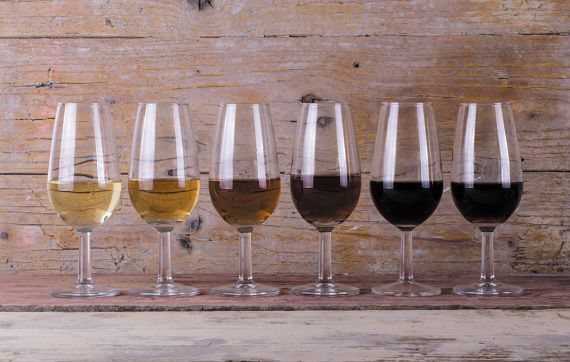_____________________________________________
WITH FINO AS ITS flagship, sherry is sailing in troubled waters. Every year we’re told: “This is the yeara chilled glass of fino will take the UK by storm.” And every year… it isn’t. To change sherry’s fortunes, Jerez needs to steer a new course.
Sadly, it’s not only in the UK where sherry’s story makes scary reading. The total area of vineyards dedicated to the Palomino Fino vine has shrunk by two-thirds since the early 1980s. Global exports are less than a fifth of what they were in 1979. In 2015, information from Consejo Regulador de Los Vinos de Jerez, sherry’s governing body, revealed that sherry sales had all but collapsed in the category’s top five markets over the last decade, with exports having nearly halved since 2002. Sherry’s golden era has long gone.
Beltrán Domecq, president of the Consejo Regulador, is upbeat, however, “after closing the 2016 campaign at similar volume levels as 2015, growth in volumes is a matter of time”. Mauricio González-Gordon, chairman of González Byass, also hit a positive note at Prowein in 2017. “After a tumultuous few years the fortunes of sherry may be about to turn, with the IWSR predicting sales of premium sherry to grow 18% by 2021,” he announced.
All sherry fans hope that this optimism will bear out, but recent statistics (June 2017-18) tell a further worrying tale, showing that total global exports (32m litres) fell by 3.5%. Europe recorded a fall in sales of 4.3% (to 18m litres) and Asia a fall of 18.53% (to 196,000 litres). Exports to the US and the rest of America rose by 3.42%, but with total sales of 1.7m litres it’s nothing to write home about.
Happily, sherry’s domestic market has remained relatively stable since 2002 and, even though sales fell slightly by 2.9% from June 2017-18, it still accounts for 36.5% of sherry’s total sales.
Weighing in at around 20m litres in 2002, sherry sales to the UK, Jerez’s biggest export market, fell by 1.8% to 9m litres from June 2017-18. Within this period figures show fino exports to the UK totalling 982,000 litres, indicating that the category accounts for about 10.5% of total UK sherry sales.
Martin Skelton, managing director of González Byass UK, whose Tío Pepe is the biggest fino brand on the UK market, notes enthusiastically that sales of the brand have “risen consistently for the past three years – last year saw an increase of 7%”. That’s good news and supports the prediction of a global growth in premium sherry by 2021, but it’s a modest increase in a small sector from a very low base. The fino flagship may be surviving but it’s not thriving.
THUMBS DOWN
But there’s something else. For many years a wine course has formed an important part of the coveted Diploma at Tante Marie Culinary Academy in Woking, near London. The course, mostly attended by student chefs in the 18-30 age range from all corners of the world, includes a session on sherry and a tasting of a top-dollar fino.




